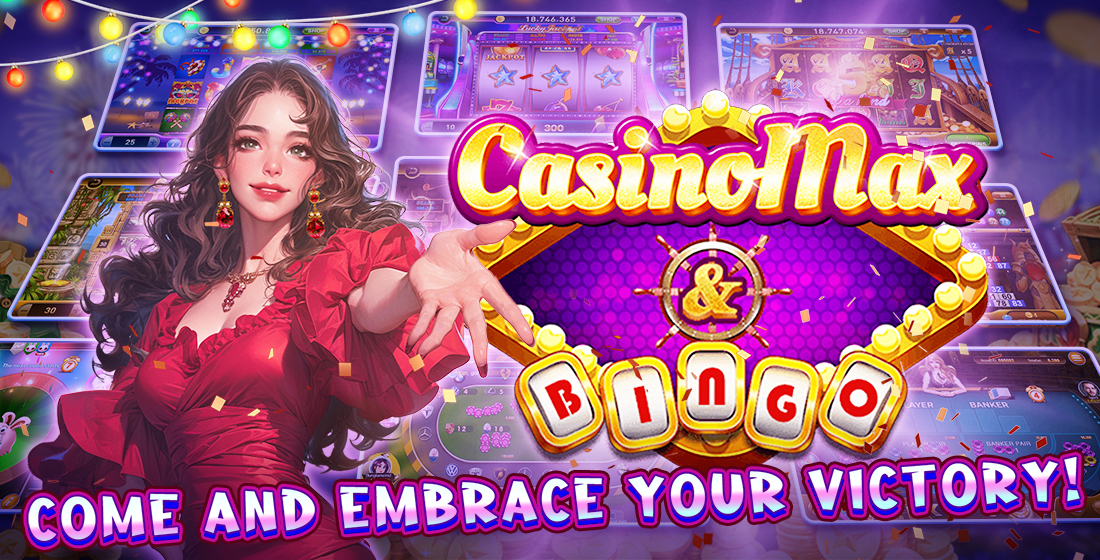Unlocking Imagination: The Power of Creative Games in Enhancing Play and Learning
Introduction to Creative Games
Creative games serve as a vital bridge between fun and education. They spark the imagination, allowing players of all ages to explore new concepts while indulging in entertaining narratives and activities. In a world where traditional education methods sometimes fall short, particularly in engaging younger audiences, the importance of these games becomes undeniable. They don’t just provide entertainment; they can transform learning experiences.
The Importance of Play in Learning
Play is essential for cognitive development, particularly in children. According to research, play helps enhance critical thinking, problem-solving, and social skills. Creative games integrate play into learning seamlessly, making the process enjoyable. These games encourage exploration, risk-taking, and the freedom to use one’s imagination, which are all key ingredients in fostering a well-rounded learning environment.
Key Benefits of Creative Games
- Enhanced Engagement: Players are more likely to immerse themselves in learning when it’s framed as a game.
- Development of Soft Skills: Communication, teamwork, and collaboration are often essential parts of game-based learning.
- Adaptive Learning: Many creative games adapt to the player's learning pace, ensuring that the challenges are always appropriate.
Examples of Creative Games in Education
Here’s a diverse range of creative games that illustrate the effectiveness of using imaginative play in learning:
| Game Name | Type | Educational Focus |
|---|---|---|
| Little Big Planet | Platformer | Creative problem-solving and engineering concepts. |
| Stardew Valley | Simulation | Strategic thinking and resource management. |
| Kingdom Hearts | Action RPG | Storytelling and character development. |
How Creative Games Can Help with Storytelling
Storytelling is a powerful educational tool. Games like Kingdom Hearts incorporate deep narratives and rich character development, making them memorable and meaningful. The blending of story and gameplay engages players on multiple levels, allowing them to remember lessons through compelling plots and emotional connections. This method of narrative-based learning can be particularly effective, as players often find themselves more invested in the outcomes of their characters.
Creating a Learning Environment with Creative Games
To harness the power of creative games, it’s essential to incorporate them wisely into the learning environment. Here are some strategies:
- Identify Objectives: Clearly define what you hope to achieve through game-based learning.
- Choose Appropriate Games: Ensure games align with educational goals and are suitable for the audience.
- Integrate with Curriculum: Find ways to blend game play into existing lesson plans to enhance learning objectives.
Frequently Asked Questions
What are some examples of games that enhance learning?
Some notable examples include Lego's educational games, Minecraft: Education Edition, and various mobile games like Kingdom Hearts that focus on storytelling and character development.
How can parents use creative games for learning?
Parents can curate a selection of educational games that align with their child’s interests and learning goals, facilitating discussions about the content of the games to enhance understanding.
Are there any limitations to using games as a learning tool?
While creative games offer numerous benefits, they can also lead to distraction if not monitored correctly. It’s essential to balance game time with other forms of learning.
Conclusion
Creative games are not just tools for fun; they are gateways to enhancing our teaching and learning methodologies. By unlocking the power of imagination and creativity, both educators and learners can benefit significantly. Whether through the narrative depth of a game like Kingdom Hearts or playful experiences that teach core skills, the impact of these games is profound. Therefore, embracing them in educational practices is not merely an option; it's a necessity for modern learning.



